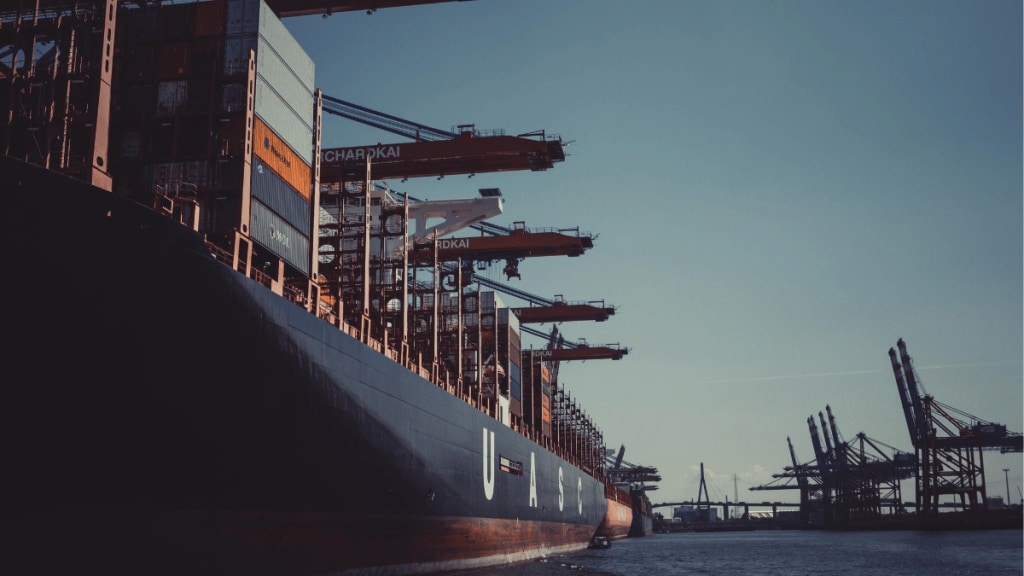A shake-up of global trade and financial systems is under way, with the supply chains of goods and services too undergoing a concomitant restructuring. The unprecedented scale of this reorganisation of transactional commerce is caused not only by geopolitical fracturing, and a strong wave of protectionism, but is also driven by the rapid expansion of e-commerce, as well as digitisation of cargo movement and logistics systems. Whether India would gain from this churning or be left high and dry yet again, will depend on how efficient and fast it could cut redundant economic costs. While several structural changes of the economy are needed, and there’s scepticism about the pace at which these are being undertaken, what’s inspiring confidence is the major headway being made on the logistics front. That public-private-partnership (PPP) projects have really taken off in assorted areas of logistics infrastructure is encouraging.
The government has reportedly drawn up a plan to build 200 “Gati Shakti cargo terminals” in the PPP mode, along the rail freight corridors that have just been up and running. Each of this terminal would cost Rs 70-100 crore, and once they are on stream, cargo-handling capacity by the country’s rail network would rise many times over, potentially reducing freight cost. A plan is also afoot to build modern grain warehouses via the PPP mode. The combined capacity of wheat silos is projected to triple to 9 million tonne (MT) in the next three years. State-of-the-art storage facilities are critical to cut the economic costs of grains stocked and handled in the public sector, and have a positive fiscal spin-off. India’s warehousing industry is also witnessing pragmatic, fast-paced shift to tier II and -III cities. Such cities already have acquired a 20% share in the warehousing stock. In parallel, the PM Kisan Sampada Yojana is playing a role to build efficient supply chain management from farm gate to the retail outlet.
Moreover, with deregulation of port tariffs and slashing of rentals by state-owned “major” ports, PPP projects have progressed in the sector, signalling an end to long years of diffidence among private investors. The recently commissioned Vizhinjam transshipment port in Kerala is a PPP venture that would help reduce India’s heavy dependence on Singapore, Dubai, and Colombo ports, as it is naturally conducive for berthing mother vessels. The proposed Vadhavan offshore port in Maharashtra is promising to be a large all-weather deep-draft facility, and the Galathea bay port in the Great Nicobar Island is another mega project in the offing.
While all this is kosher, and would help reduce the country’s still-high logistic costs further, an area that needs focused attention of policy-makers is domestic ship-building. About 95% of the country’s international cargo is still transported on foreign ships, and this causes annual forex outflows to the tune of $80 billion, if not higher. Vessels flying the Indian flag should be carrying at least a third of the country’s export-import cargo, up from a barely 8% now. India owns a mere 1.2% of the ships operational globally, a far cry from nearly 13% by China, and hardly 0.8% of the ships registered globally carry Indian flags. Also, the connectivity of road and rail network to the ports needs further improvement. Addressing these residual issues are essential for the fruition of the national multi-modal connectivity envisaged under the PM Gati Shakti initiative, and more synchronised development of the country’s logistics infrastructure.


